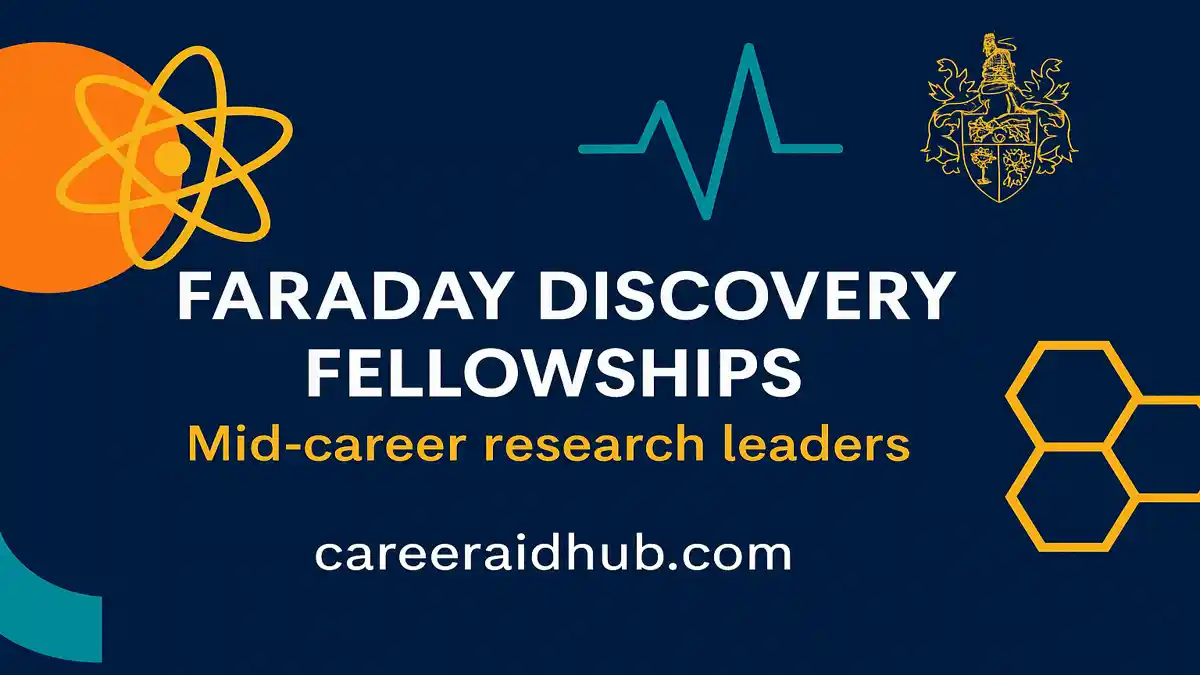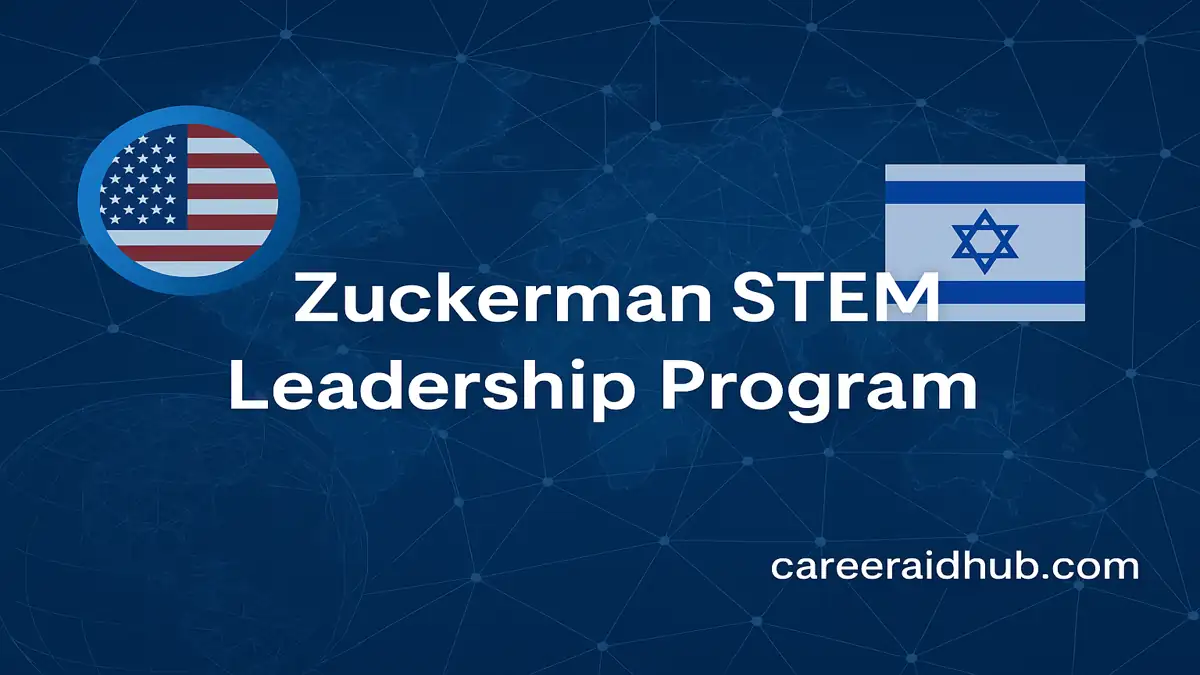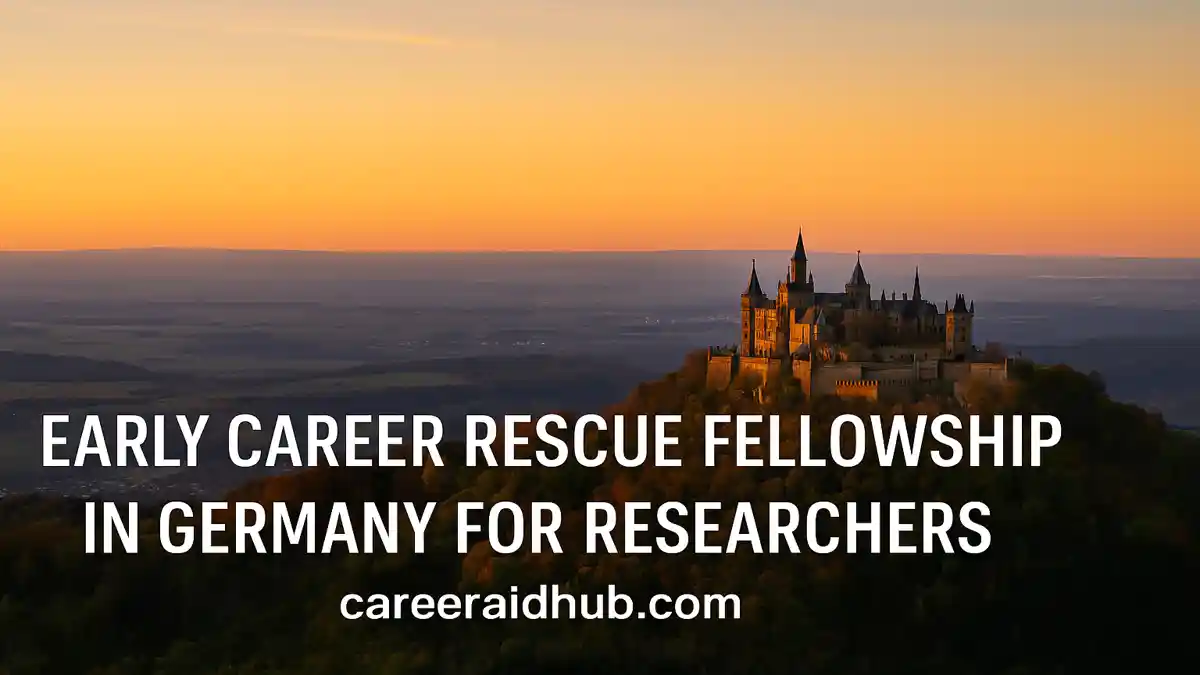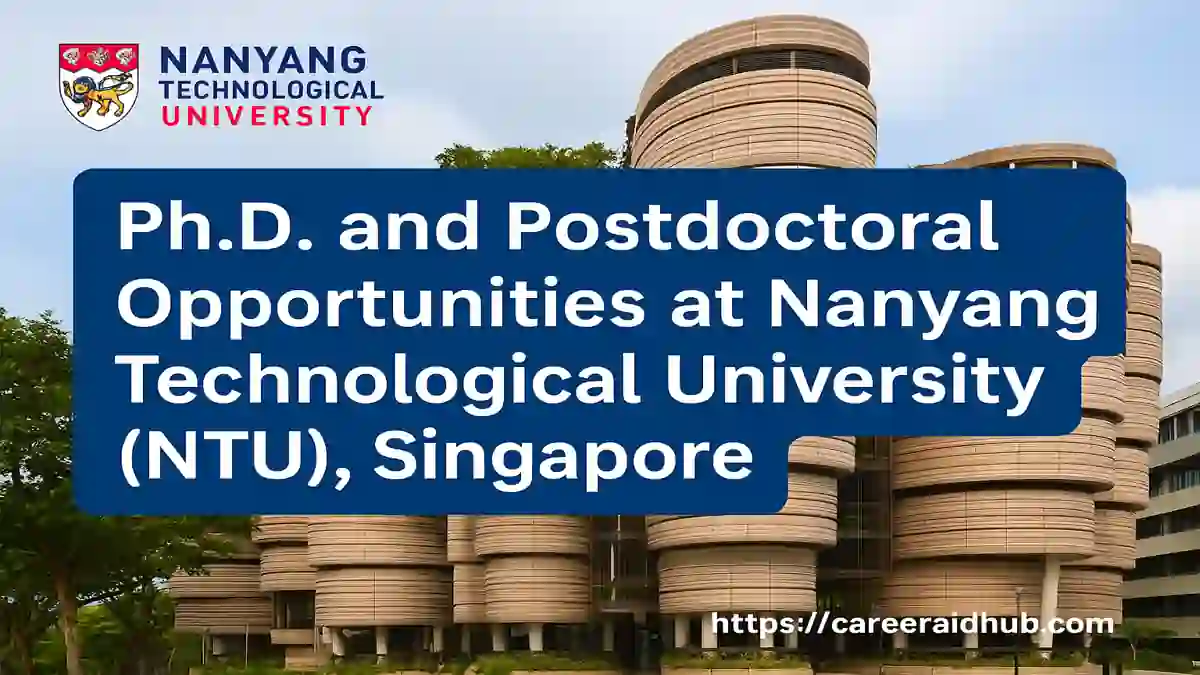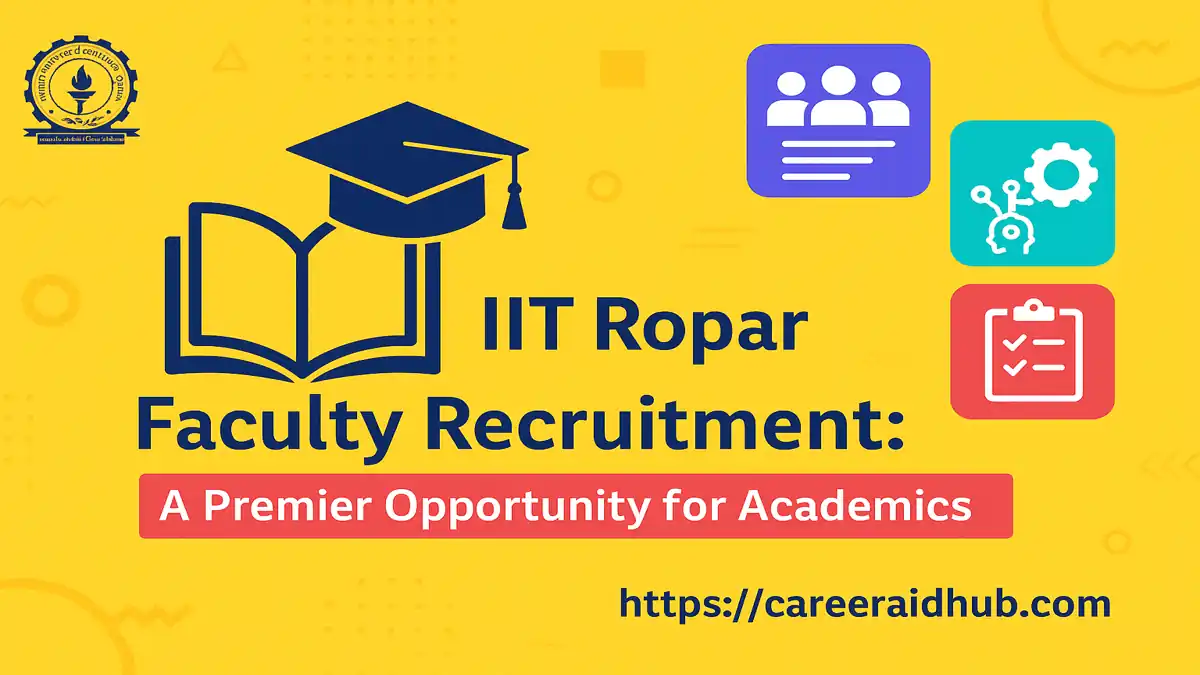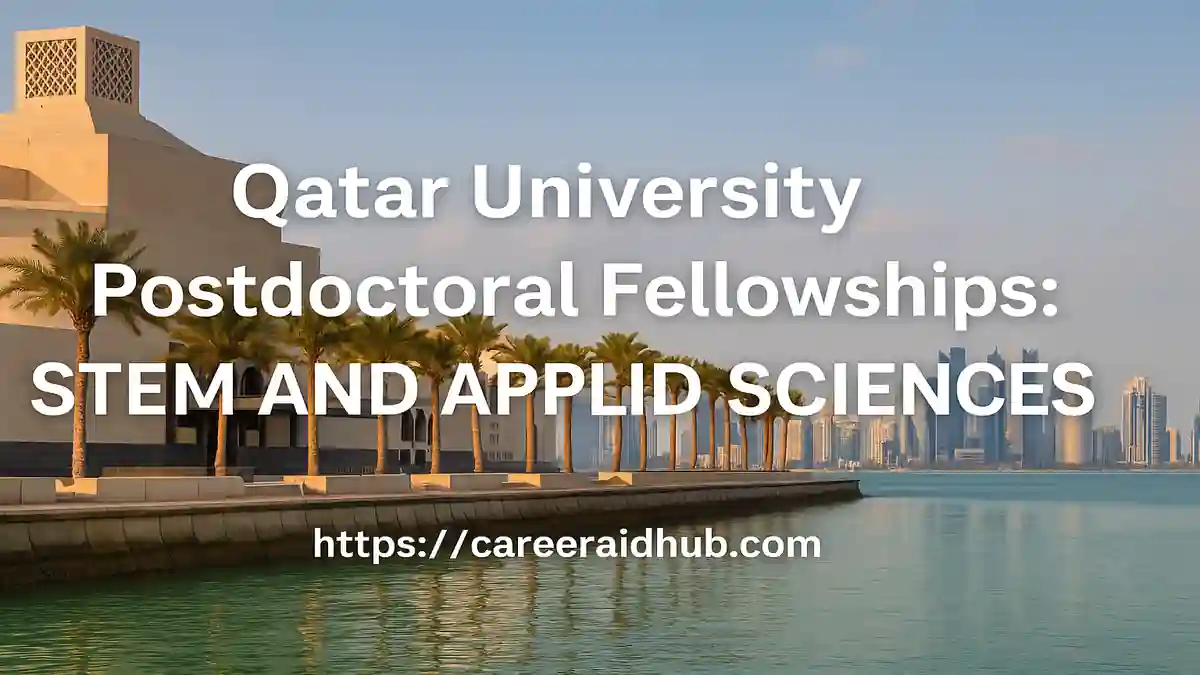Faraday Discovery Fellowships: An in‑depth, human‑written guide for mid‑career research leaders
Introduction: a decade to lead transformative science
The Royal Society’s Faraday Discovery Fellowships (FDF) are long‑term, investigator‑led awards designed to empower outstanding mid‑career researchers to build world‑leading groups in the UK. With generous, multi‑year support and remarkable flexibility, the scheme enables ambitious, high‑risk ideas that require time, talent, and multidisciplinary collaboration.
Ambitious mid‑career scientists often need time, stability, and freedom to lead bold ideas. The Royal Society’s Faraday Discovery Fellowships deliver decade‑scale, investigator‑led funding—plus a fast‑track route for international talent—so exceptional researchers can build world‑class teams in the UK and tackle frontier challenges with lasting impact.
What the Faraday Discovery Fellowships are—and why they matter
A program built for momentum, not just milestones
Many competitive schemes back early careers or established leaders; mid‑career investigators can fall into a funding gap. FDF directly addresses that gap by pairing substantial resources with long horizons. The result is a platform where a strong research vision, a cohesive team, and an enabling environment can grow together—without constant short‑cycle grant churn.
Two complementary routes at a glance
-
- Standard Route: For UK‑based mid‑career researchers ready to scale up.
- Accelerated International Route (AIR): A fast‑track option to attract exceptional mid‑career
researchers relocating to the UK, with rapid nomination‑to‑decision windows to help candidates and hosts act decisively.
Funding architecture, in practical terms
-
- Duration & Envelope: Standard awards are designed for up to 10 years with a total envelope up to ~£8m. AIR supports up to 5 years with up to ~£4m, with scope to extend or adjust in exceptional cases.
- What the budget can cover: PI time, research staff (postdocs, research fellows, managers), PhD studentships, equipment and consumables, access costs (core facilities, HPC), collaboration and mobility (visits, conferences, secondments), research culture and EDI initiatives, and open‑science activities (data stewardship, FAIR workflows, pre‑registration where appropriate).
- Time commitment: Expect a heavy research focus: the scheme prioritizes concentration on the funded program; teaching/admin is typically capped to avoid dilution of research momentum.
Eligibility: who thrives in this fellowship (and why)
The mid‑career profile
The scheme typically targets researchers ~10–20 years post‑PhD who have already built a credible track record—original contributions, sustained outputs, growing leadership—yet who still need time and scale to consolidate a frontier‑leading program. Candidates may have non‑linear paths (e.g., industry stints, career breaks, or field changes). Strong cases explain how these experiences sharpen the scientific vision and managerial readiness.
Host environment and endorsement
Applicants apply with the formal support of a UK host (university or research institute). Successful
proposals clearly document:
-
- How the host’s facilities, core services, and senior mentors will accelerate delivery.
- How the fellowship interlocks with departmental hiring, promotion, and long‑term sustainability (e.g., routes to permanent appointment, lab space commitments, research culture plans).
- What co‑funding or strategic matching the host offers (e.g., studentships, technical support).
Research areas
The fellowships are discipline‑agnostic across STEM. Proposals often sit at—or purposefully cross—boundaries: AI‑enabled discovery, quantum science and engineering, net‑zero technologies, advanced materials, engineering biology, planetary resilience, and data‑intensive science. Interdisciplinarity is welcomed when it is purposeful and methodologically rigorous.
The two routes in detail
Standard Route: decade‑scale backing to build a team
This is the core pathway. It supports the principal investigator to establish or expand a world‑class group and to deliver a coherent, ambitious program rather than a stack of loosely related projects. Because the runway is long, proposals should articulate sequenced objectives—early capability building, mid‑term consolidation, and late‑stage scale‑out—with plausible risk controls and pivot options.
Typical timeline windows (published for 2025–26):
-
- Stage 1 (outline): August–September 2025 (application window).
- Stage 2 (invited full): November 2025–February 2026 (submission window).
- Outcomes: July 2026 (indicative).
/>
Next cycle signal (prediction): Expect similar
Aug–Sep (Stage 1) and
Nov–Feb (Stage 2) windows in
2026–27;
we will update soon.
Practical tip: Many departments now run internal selection rounds in July–August to identify and support their strongest candidates before Stage 1 opens. Ask early about internal deadlines and dry‑run panels.
Accelerated International Route (AIR): a fast lane for relocation
AIR is a nomination‑driven process that allows UK hosts to move quickly for exceptional international candidates. It couples substantial resources with short decision cycles, reducing uncertainty for families and labs considering a UK move.
Typical timeline windows (published for 2025–26):
-
- Round windows: July–August 2025 for nominations, with decisions within weeks; additional windows may appear in autumn 2025 and early 2026.
Next cycle signal (prediction): Expect repeat windows around July–August, possibly October–November, and January–February in 2026–27; we will update soon.
Host action tip: Build a concise nomination pack: candidate statement, research vision (one‑pager), host commitment letter, and brief EDI/culture plan. Fast coordination between PI, Head of Department, and Research Services is crucial.
Application timeline, planning cadence, and “next‑cycle” outlook
2025–26 timeline synthesis (months only)
-
- Standard Route Stage 1: Aug–Sep 2025
- Standard Route Stage 2: Nov 2025–Feb 2026
- Decisions: Jul 2026
- AIR
windows: Jul–Aug 2025, with further windows likely in autumn 2025 and early 2026
2026–27 predictive cadence (to help you plan)
-
- Standard Route Stage 1: Aug–Sep 2026 (expected; we will update soon)
- Standard Route Stage 2: Nov 2026–Feb 2027 (expected; we will update soon)
- AIR windows: Expect Jul–Aug 2026, plus Oct–Nov 2026 and Jan–Feb 2027 (approximate; we will update soon)
Editorial note: We monitor official updates frequently and refresh this guide every quarter (see “Review & Update Timeline” below). If the Society revises windows, we reflect those changes promptly.
How to craft a compelling proposal (actionable, field‑agnostic guidance)
1) Vision with verifiable novelty
Explain what could exist at the end of ten years that cannot be achieved with three‑year grants. Anchor novelty in methods (e.g., unconventional measurement, new data regimes, cross‑scale modeling) and in questions (e.g., resolving a blocking unknown that unlocks a field). Use preliminary evidence sparingly but strategically.
2) Program design and milestones that breathe
Lay out phased objectives (early capability, mid‑term delivery, late‑stage translation or field impact). For each phase, identify milestones, risks, and fallbacks that preserve learning value—even when a risky path fails. This is not about padding; it is about disciplined curiosity.
3) Team composition and leadership growth
Define roles: postdocs, research software engineers, lab managers, PhD students, and collaborators. Show mentoring pathways, not just headcount. Include skills matrices, progression plans, and policies for authorship, data stewardship, and research integrity.
4) Research culture, EDI, and responsible research
Back your culture plan with specifics: inclusive recruitment processes, lab charters, code‑of‑conduct adoption, bystander training, and technician career frameworks. Tie EDI to scientific excellence—diverse teams expand hypothesis space and sharpen critique.
5) Open science & reproducibility
Budget for data management, pre‑registration (where appropriate), FAIR repositories, and reproducible pipelines. Commit to timely preprints and community resources (datasets, software, protocols) with clear licenses.
6) Budget that matches the method
Map costs to phases. Calibrate equipment vs. people spend; justify platform access; include collaboration and mobility; plan for maintenance and depreciation. Transparent assumptions beat optimistic wish‑lists.
Assessment: what panels look for
Panels weigh scientific excellence, track record and trajectory, leadership and team strategy, feasibility with risk, and host fit. A competitive application shows coherence across these dimensions: an idea worthy of a decade, a team able to deliver, and an environment ready to support success.
What you can actually fund (practical categories)
-
- People: PI time, postdocs, research assistants, technicians, data stewards, software engineers, PhD studentships.
- Infrastructure & access: Core facilities, beamlines, HPC/GPU time, specialist training.
- Equipment & consumables: From bespoke rigs to long‑lead components; include maintenance.
- Collaboration & mobility: Short visits, sabbaticals, secondments, workshops, network building.
- Culture & integrity: Research culture initiatives, EDI activities, reproducibility tooling.
- Open science: Data curation, repositories, documentation, community packages.
Comparators & complementary routes (for context and strategy)
-
- Royal Society University Research Fellowship (URF): Early‑career focus; stepping‑stone to FDF scale.
- UKRI Future Leaders Fellowships: Cross‑council multiyear support; complementary for certain profiles.
- ERC Consolidator Grants: Investigator‑led, frontier science; different panel culture and budget structure.
If you are choosing between schemes, consider host expectations, career stage fit, and panel norms. Cross‑apply strategically, but avoid duplicative proposals that split your story.
Review & update timeline (to keep this article fresh)
-
- Quarterly refreshes: September, December, March, June.
- Rapid updates: Within 5 working days of any official change to FDF dates, eligibility, or guidance.
- Next planned audit: September 2025 (to confirm Stage 1 outcomes and AIR windows).
Feature Details (quick reference)
|
Feature
|
Details
|
|
Program Name
|
Faraday Discovery Fellowships (Royal Society)
|
|
Host Country
|
United Kingdom
|
|
Funded By
|
The Royal Society (with UK Government endowment support)
|
|
Duration
|
Up to 10 years (Standard Route); up to 5 years (AIR)
|
|
Study Mode
|
Full‑time, investigator‑led research in a UK host institution
|
|
Eligibility
|
Mid‑career researchers (~10–20 years post‑PhD), all STEM fields; non‑linear careers (industry, career breaks, field shifts) welcome with strong justification
|
|
Financial Support
|
Up to ~£8m over 10 years (Standard); up to ~£4m over 5 years (AIR); supports personnel, equipment, access, collaboration, culture, and open science
|
|
Fields of Study
|
All STEM, including interdisciplinary programs (AI, quantum, engineering biology, net‑zero, advanced materials, climate resilience)
|
|
Deadline
|
Standard: Aug–Sep 2025 (Stage 1),
Nov 2025–Feb 2026 (Stage 2);
AIR: Jul–Aug 2025 (with additional windows).
Next cycle: similar windows in 2026–27—we will update soon.
|
|
Official Website
|
Click Here
|
Summary & call to action
The Faraday Discovery Fellowships give mid‑career scientists the time, scale, and freedom to lead transformational research in the UK. If your vision requires a decade, your plan sequences risk intelligently, and your host is ready to back you, start internal discussions now and map your Stage 1 materials and AIR options accordingly.
Frequently Asked Questions
Can teaching be part of my load? Yes, but keep it limited so the research focus remains dominant. Hosts should align timetables and service loads with the fellowship’s intent.
How do I evidence leadership beyond papers? Document mentoring outcomes, open‑source tools, datasets, standards contributions, consortia roles, and community building—these signal durable influence.
Is industry collaboration encouraged? Absolutely. Show mutual benefit, independence safeguards, IP management, and realistic pathways to shared infrastructure or data.
What if my path is non‑linear? Explain how changes of field, industry periods, or breaks strengthened your approach. Map experiences to concrete capabilities your team now has.
How detailed should risk planning be? Address technical, operational, and people risks. Provide pivot strategies that preserve learning even when a line of inquiry stalls.
Do I need a permanent UK contract before applying? Hosts vary. Some commit to proleptic appointments upon success. Clarify HR pathways in your institutional letter.
Can I buy large equipment? Yes when it is material to the program. Justify total cost of ownership, facility alternatives, and usage plans across the group’s lifetime.
How should I plan for open science? Budget for data curation, persistent identifiers, code review, and repository fees. Define release policies that balance competitiveness and community benefit.
Is resubmission allowed? Scheme‑specific rules apply by round. If you miss the shortlist in one year but remain eligible, a substantive resubmission—with clear improvements—is typically possible.
What distinguishes successful cases? A singular vision worthy of ten years, a coherent program with credible milestones, a capable team with growth paths, and a host truly committed to your success.
Premium Mentorship for a Stronger Application
- Premium Mentorship: personalised 1:1 guidance for this and similar opportunities
- In-depth review of your CV, academic profile, and key statements
- Aligned with international selection criteria so your profile matches what panels expect
- Stronger, more compelling narrative for highly competitive calls
- Step-by-step support from opportunity mapping to final submission (fee-based)
Subscribe Premium Mentorship

